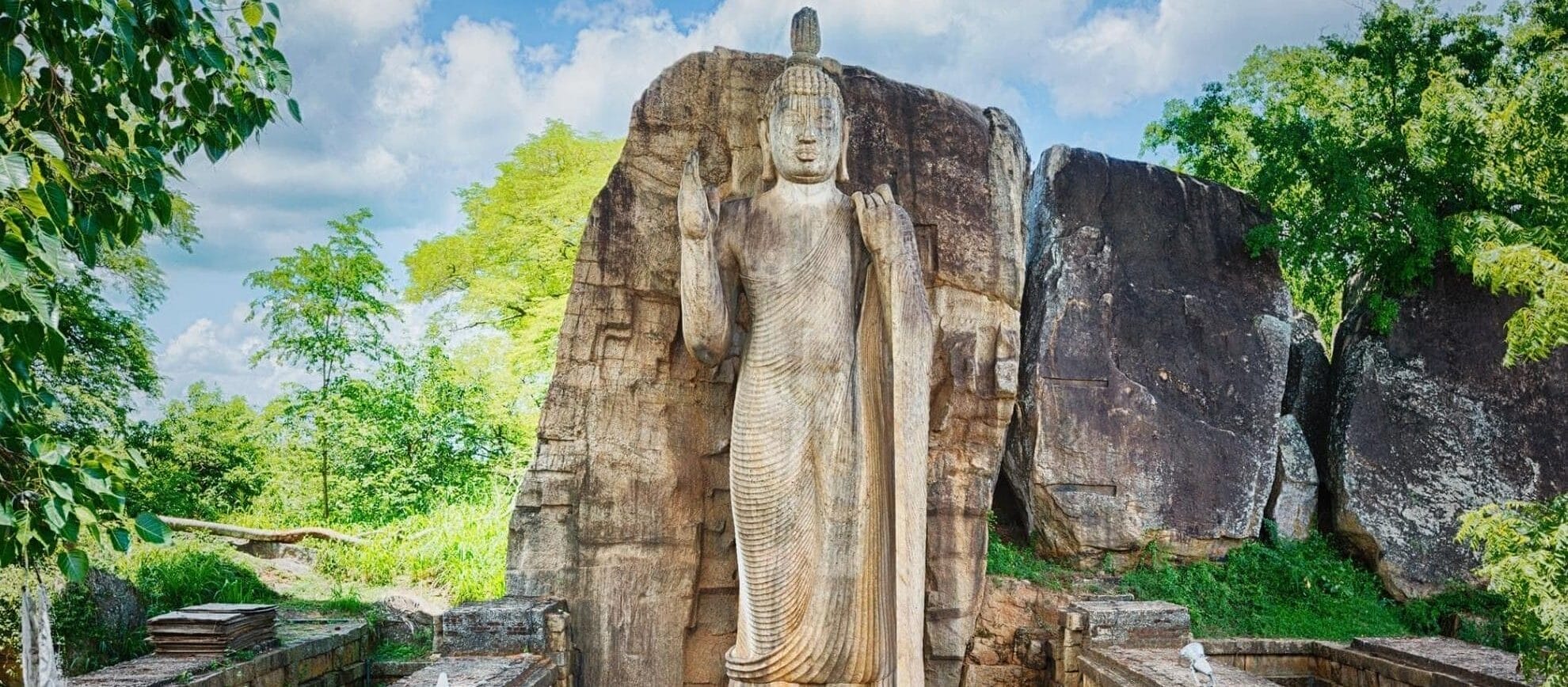The Temple of the Tooth Relic: A Sacred Haven and Fascinating Tourist Destination
Located in the heart of Kandy, Sri Lanka, the Temple of the Tooth Relic, also known as Sri Dalada Maligawa, stands as one of the most revered and important Buddhist sites in the world. This magnificent temple houses the sacred tooth relic of Lord…
Gadaladeniya Temple
Gadaladeniya Temple is an ancient Buddhist temple situated in the Kandy District of Sri Lanka. Built in 1344 CE by King Buwanekabahu IV, the temple is considered to be an important historical and cultural site in Sri Lanka. The temple is located on a…
Lankathilaka Vihara
Lankathilaka Vihara, located in Hiyarapitiya, Kandy, Sri Lanka, is a historical temple that attracts tourists from all around the world. The temple was built during the Gampola period, which lasted from 1341 to 1408, and it stands as a testimony to the architectural ingenuity…
Avukana Buddha Statue
The Avukana Buddha Statue is one of the most magnificent examples of ancient Sri Lankan sculpture. Carved out of a single granite rock face, this 13-meter-tall statue of the Buddha stands tall in the middle of a peaceful, serene forest in the north-central region…
Kande Viharaya Temple in Beruwala
Beruwala is a small town located on the southwestern coast of Sri Lanka. The town is known for its beautiful beaches, delicious seafood, and rich cultural heritage. Kande Viharaya Temple, also known as the Temple of the Hill, is one of the most popular…
Weherahena Temple in Matara
Weherahena Temple or someone called “Weherahena Poorwarama Rajamaha Viharaya,” is another nice place to visit in Matara, Sri Lanka. It is a popular Buddhist pilgrimage site with a large Buddha statue. The temple is considered the first and largest tunnel temple in the world….









